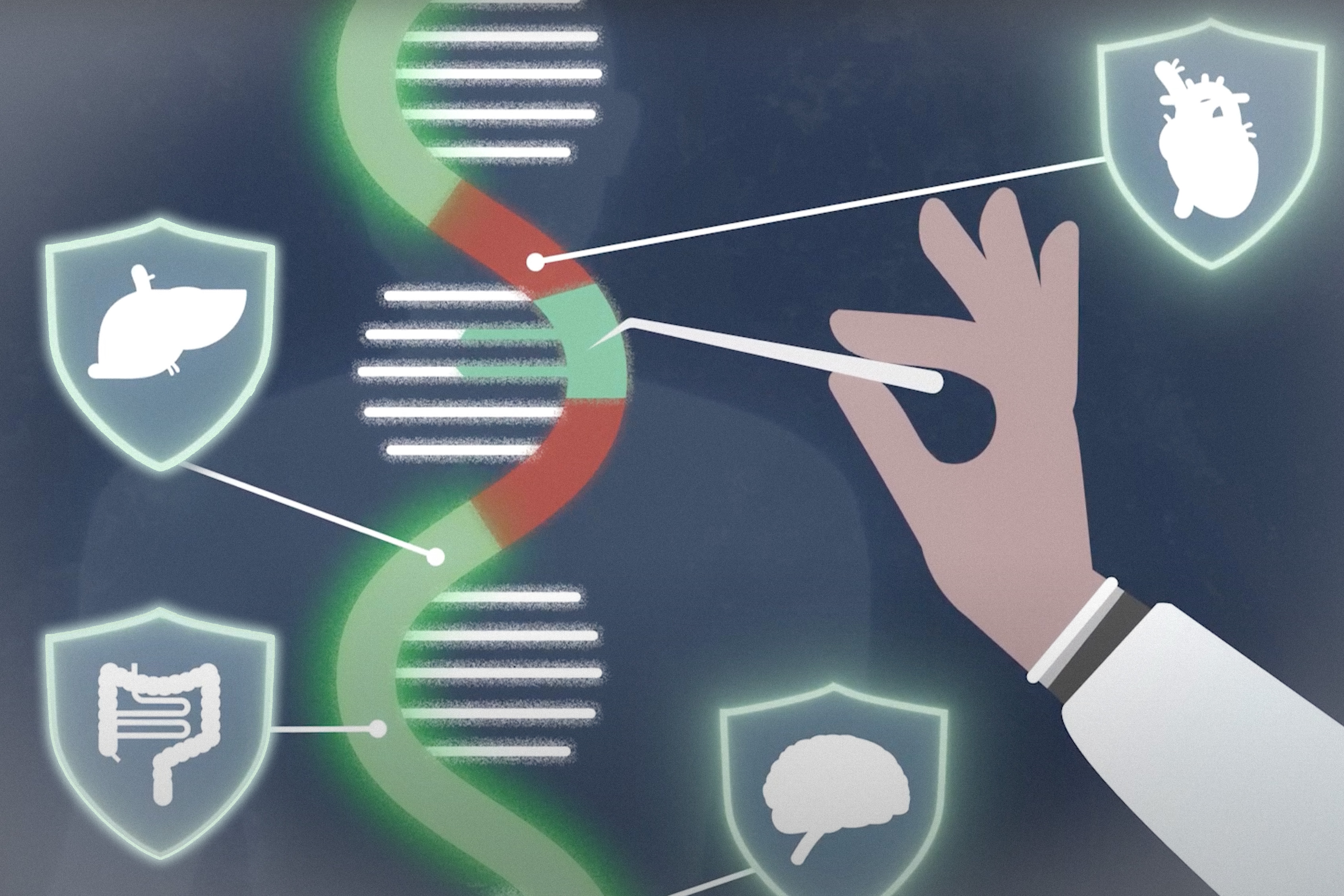Introduction to the Mobile OS Wars
The latest phase of the mobile OS wars isn’t being fought over app stores or user interfaces – it’s being waged with artificial intelligence. Huawei’s latest salvo comes in the form of HarmonyOS 6, in which AI agents aren’t features but the architecture driving user interactions. The beta release to developers signals a broader industry shift where operating systems transform from passive platforms into what are being framed as intelligent intermediaries that anticipate, learn, and act on behalf of users.
The AI-First Approach
The centrepiece of HarmonyOS 6 lies in its AI agents framework, which lets developers create automated programmes without the complexity of building or training foundation models from scratch. The HarmonyOS Agent Framework attempts to make AI development more accessible in Huawei’s ecosystem. Richard Yu Chengdong, chairman of Huawei’s consumer business group, has announced that more than 50 AI agents from established Chinese platforms including Weibo and Ximalaya will be available when HarmonyOS 6 launches to consumers.
Ecosystem Metrics
The platform has eight million registered developers and hosts more than 30,000 applications and “atomic services” – lightweight programmes that run without installation. HarmonyOS 5 operates on more than 40 device models, indicating steady hardware adoption. Yu acknowledged the competitive landscape, stating that HarmonyOS still lags behind Apple’s iOS and Google’s Android in terms of global reach and application support. “But the top 5,000 apps accounted for 99.9 per cent of consumer time spent” on Huawei devices, he said, suggesting the company prioritises essential applications over total app quantity.
Pangu AI Models
Huawei has also introduced Pangu 5.5, the latest in the family of AI models designed for enterprise and industrial uses. The natural language processing model contains 718 billion parameters, while the computer vision model features 15 billion parameters – specifications that position these models competitively in the current AI landscape. The company is targeting five specialised sectors: medicine, finance, governance, manufacturing, and automotive. The industrial focus suggests Huawei is using AI development to strengthen its enterprise relationships while consumer market access remains constrained by geopolitical factors.
Market Trajectory and Strategic Implications
According to consultancy Canalys, Huawei has shipped more than 103 million smartphones and 21 million tablets running HarmonyOS, with nearly half delivered in 2024. The acceleration indicates growing internal adoption and suggests the platform is gaining momentum in China’s domestic market. The company has expanded HarmonyOS beyond mobile devices, launching two laptops with the operating system last month. The multi-device strategy aims to create a unified software experience similar to Apple’s ecosystem approach, though execution in diverse hardware categories presents significant technical challenges.
Conclusion
The HarmonyOS 6 development reflects Huawei’s broader transformation from a hardware-focused company to a software and services provider. The evolution, driven by US Entity List restrictions since 2019, has forced innovative approaches to technology development and market positioning. As the mobile OS wars continue to evolve, it will be interesting to see how HarmonyOS 6 and its AI-first approach impact the industry.
FAQs
Q: What is HarmonyOS 6?
A: HarmonyOS 6 is the latest version of Huawei’s operating system, which features an AI-first approach and a framework for developing AI agents.
Q: What is the HarmonyOS Agent Framework?
A: The HarmonyOS Agent Framework is a tool that allows developers to create automated programmes without the complexity of building or training foundation models from scratch.
Q: How many AI agents will be available on HarmonyOS 6?
A: More than 50 AI agents from established Chinese platforms, including Weibo and Ximalaya, will be available on HarmonyOS 6.
Q: What is Pangu 5.5?
A: Pangu 5.5 is the latest version of Huawei’s AI model, which is designed for enterprise and industrial uses and features 718 billion parameters for natural language processing and 15 billion parameters for computer vision.
Q: What is the target market for Pangu 5.5?
A: The target market for Pangu 5.5 includes five specialised sectors: medicine, finance, governance, manufacturing, and automotive.











